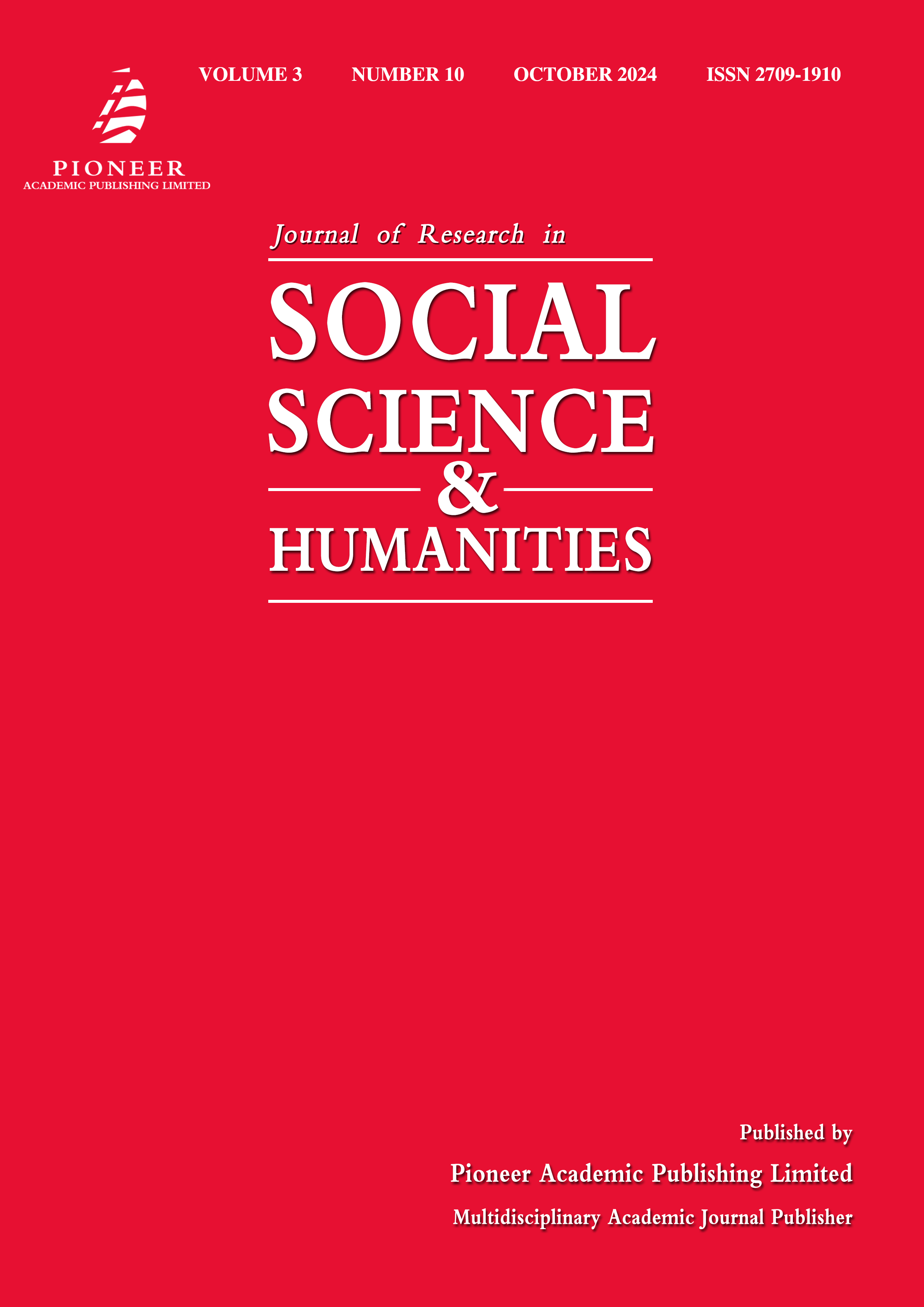The Impact of Menstrual Hygiene Education on School Attendance Among Adolescent Girls in Rural Nepal: A Case Study of Gorkha District
Keywords:
menstrual hygiene education, school attendance, adolescent girls, rural Nepal, Gorkha District, cultural stigmaAbstract
This study explores the impact of menstrual hygiene education on school attendance among adolescent girls in rural Nepal, focusing on the Gorkha District as a case study. Despite existing initiatives to promote menstrual health education, significant challenges remain, including cultural stigma, lack of resources, and inadequate infrastructure, which contribute to high absenteeism rates among girls during their menstrual periods. The research examines the relationship between education programs and school attendance, highlighting examples where improved menstrual hygiene management has led to positive changes in attendance rates. The study also identifies gaps in knowledge, resources, and practices that hinder the effectiveness of current programs. Recommendations are made for expanding and enhancing education initiatives, along with policy and community strategies to support regular attendance, such as improved infrastructure, community engagement, and broader education efforts. This paper argues that addressing these gaps through targeted interventions is crucial for promoting gender equality in education and ensuring that menstruation does not become a barrier to learning.


